Masjid al-Raya (Battle of Hunayn)
Exploring the Sites of the Conquest of Makkah and the Battle of Hunayn
This Ziyarat tour covers key locations associated with the pivotal events of the 8th year of Hijrah: the triumphant Conquest of Makkah and the challenging Battle of Hunayn that followed. These sites offer profound lessons in faith, leadership, and reliance on Allah (SWT).
Experience the journey that shaped Islamic history, walk the same paths where courage, mercy, and divine guidance prevailed, deepening your spiritual connection and understanding of these momentous events.
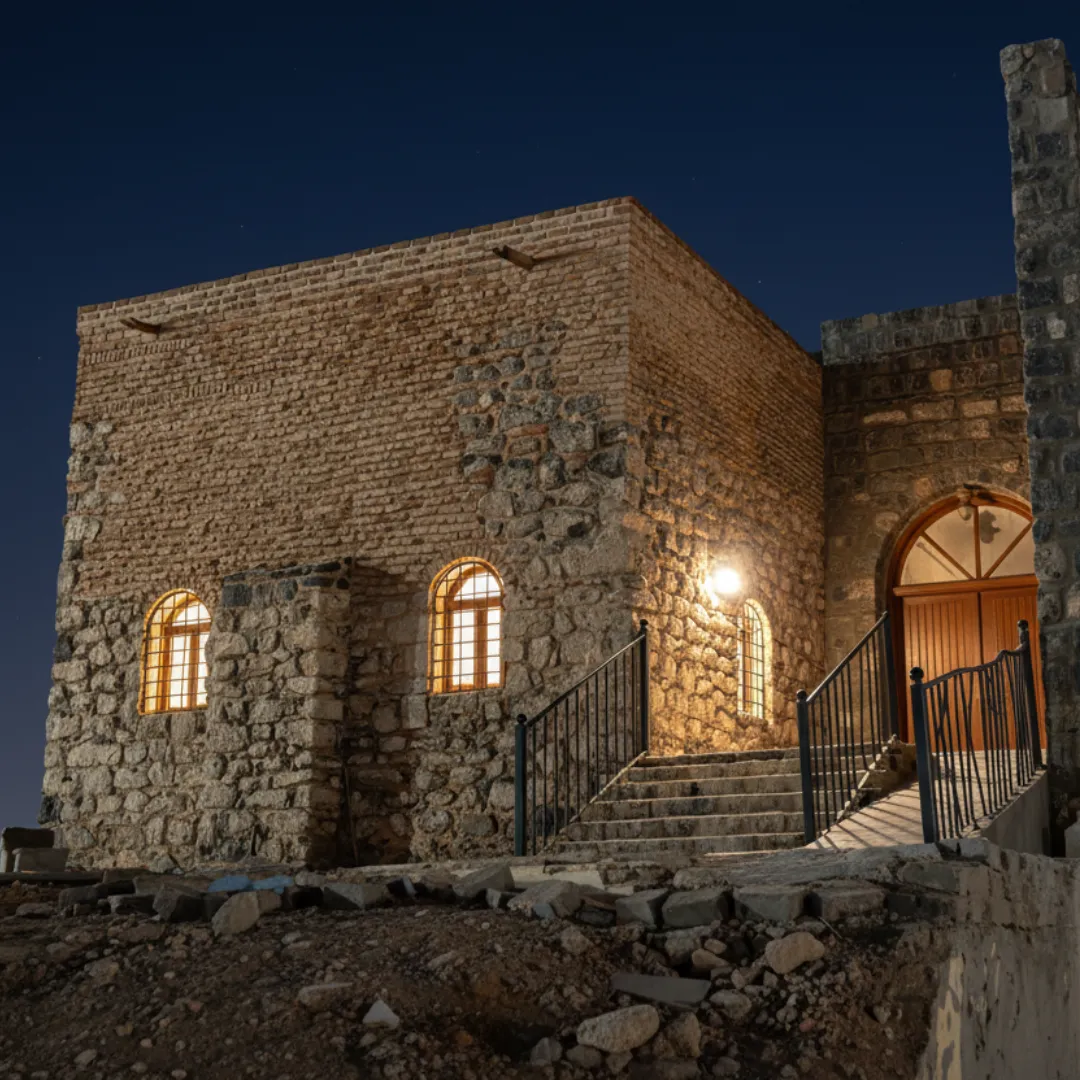
Historical Significance: The Conquest of Makkah (Fath Makkah)
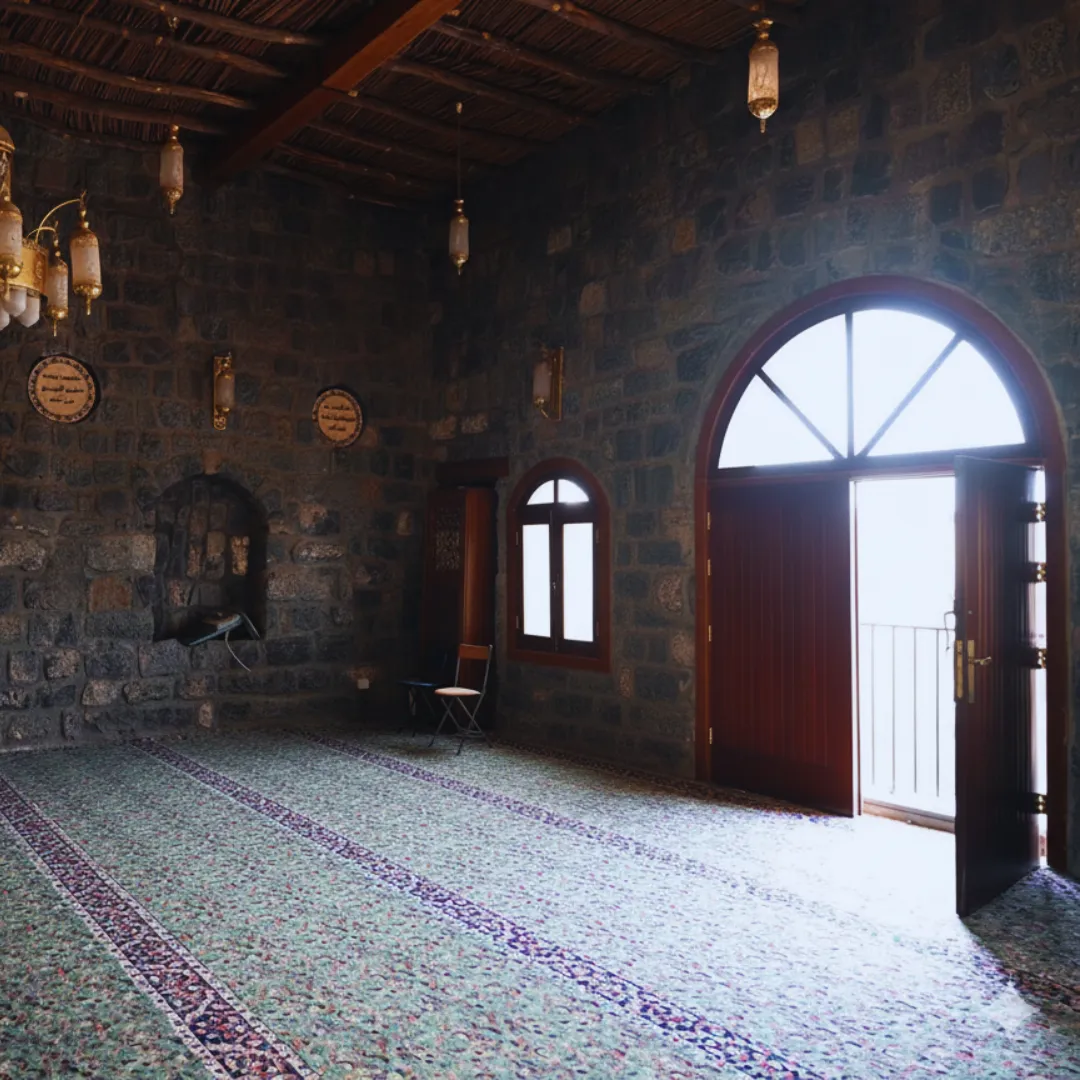
Masjid al-Raya (The Mosque of the Flag) commemorates the momentous occasion of the Conquest of Makkah. In the 8th year of Hijrah (630 CE), the Prophet Muhammad (PBUH) returned to Makkah with an army of 10,000 companions. This return marked the end of persecution and the purification of the Kaaba from idolatry.
It is narrated that when the Prophet (PBUH) entered Makkah from the upper side (near the area known as Hajun), he ordered his victorious banner (Raya) to be planted at this spot. The conquest was remarkable for its peaceful nature; the Prophet (PBUH) entered with humility and granted a general amnesty to his former enemies, demonstrating unparalleled mercy.
Location and ThThe Event of Conversione Mosque Today
Travel Time from Haram: 5-10 minutes by car.
Visiting Etiquette and Reflection
Intention: The visit is for historical reflection on the victory of Islam and the mercy of the Prophet (PBUH). It is not a ritual of Hajj or Umrah.
Prayer: If you enter, it is Sunnah to offer two Rakat of Tahiyyatul Masjid (prayer to greet the mosque).
Note: The reward for praying here is the same as any local mosque in Makkah, not the multiplied reward of Masjid Al-Haram.

Historical Significance: The Battle of Hunayn
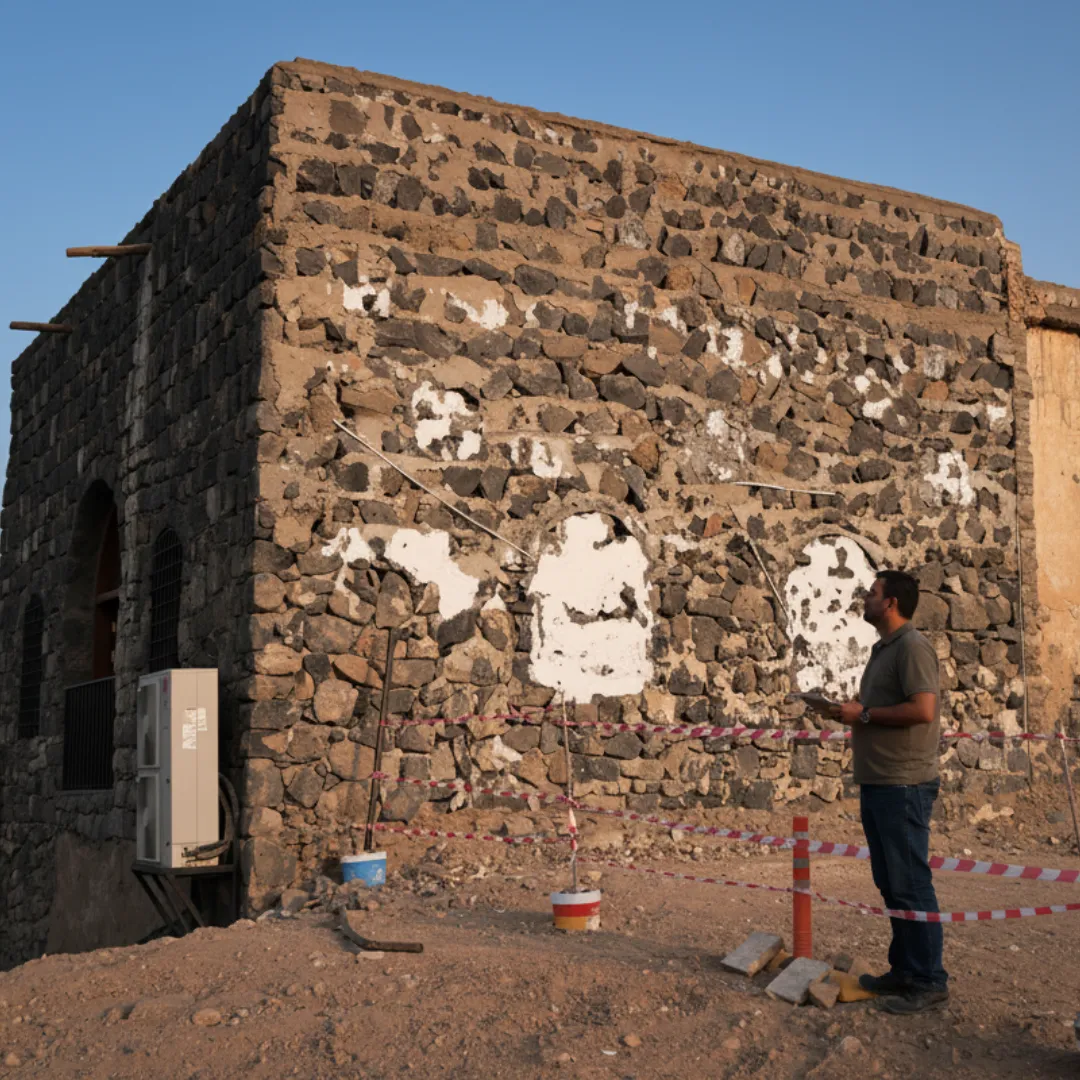
Shortly after the Conquest of Makkah, the tribes of Hawazin and Thaqif mobilized a large army to challenge the Muslims. The confrontation took place in the Valley of Hunayn.
The Muslim army was the largest assembled up to that point (12,000 strong), leading to a sense of overconfidence among some. However, the enemy ambushed them in the narrow valley, causing initial chaos and retreat. At this critical moment, the Prophet Muhammad (PBUH) stood firm, rallying the believers. With divine assistance (Sakinah), the Muslims regrouped and achieved victory.
“Allah has already given you victory in many regions and [even] on the day of Hunayn, when your great number pleased you, but it did not avail you at all…”
(Quran, Surah At-Tawbah 9:25)
Location and The Site Today
Travel Time from Haram: 45–60 minutes by car.
The Visit
This Ziyarat typically involves a driving tour of the area to visualize the terrain and reflect on the profound lessons of the battle.
Standing amidst the valley’s rugged landscape allows visitors to imagine the intensity of that day, the sudden ambush, the Prophet’s (PBUH) unwavering resolve, and the eventual divine victory.
It’s a place to renew one’s trust in Allah and reflect on the importance of humility, patience, and unity in moments of trial.

Historical Significance: Masjid al-Ju’ranah
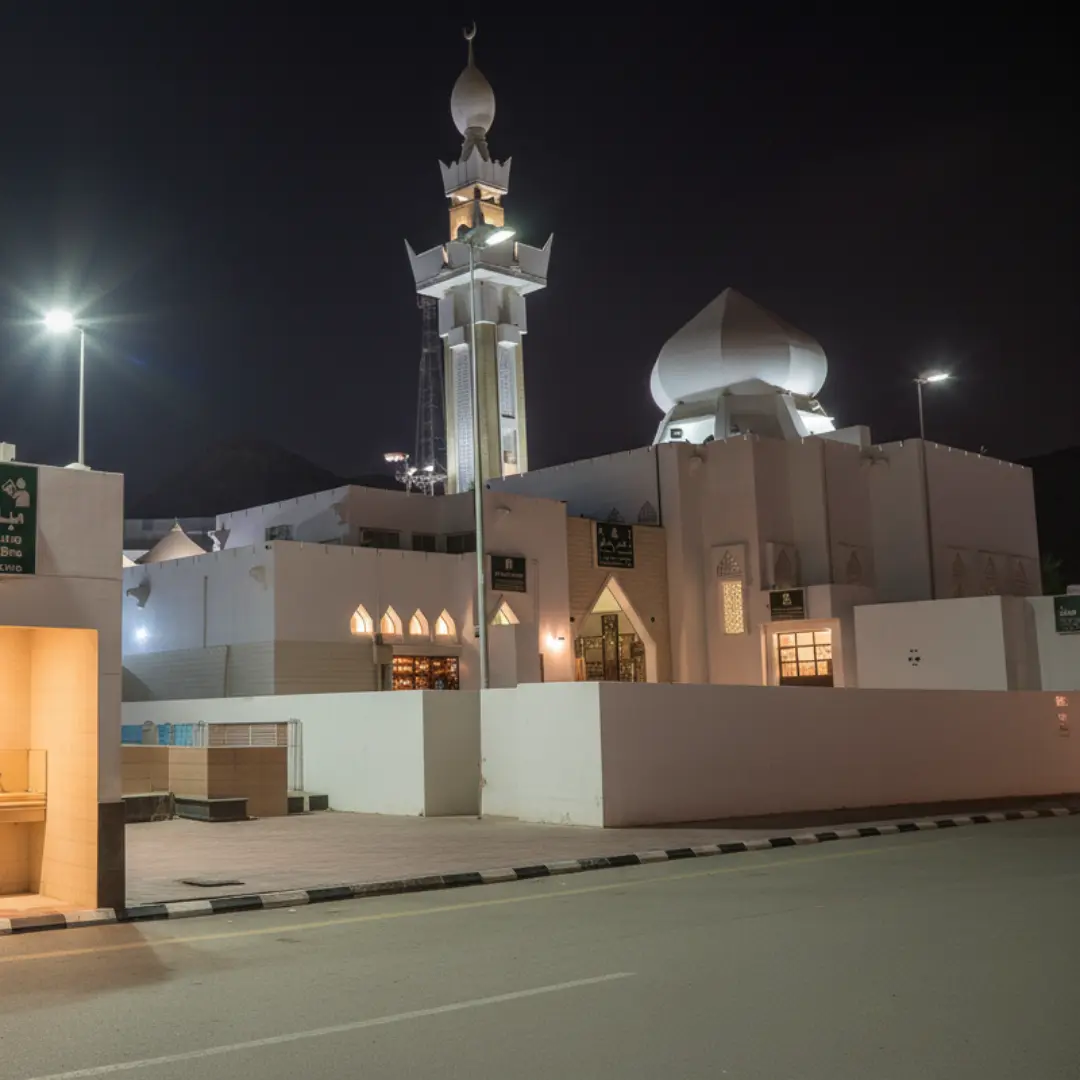
After the victory at Hunayn, the Prophet Muhammad (PBUH) gathered the significant spoils of war at Al-Ju’ranah (also spelled Ji’irranah). He stayed here for several days, distributing the spoils with wisdom and compassion, reconciling the hearts of new converts.
Crucially, after the distribution, the Prophet (PBUH) entered the state of Ihram from Al-Ju’ranah to perform Umrah. This act established Al-Ju’ranah as a recognized Meeqat point.
Visiting Masjid al-Ju’ranah offers a meaningful connection to both the mercy and justice of the Prophet (PBUH). It reminds pilgrims of the balance between worldly responsibility and spiritual devotion, a place where generosity meets worship, and where victory is crowned with humility before Allah (SWT).
Location and The Mosque Today
Travel Time from Haram: 30–40 minutes by car.
Why Visit Al-Ju’ranah?
Historical Ziyarat: To reflect on the aftermath of Hunayn and the Prophet’s (PBUH) leadership.
Following the Sunnah for Umrah: Many pilgrims visit Al-Ju’ranah specifically to enter Ihram for an additional Umrah, seeking to emulate the Prophet’s (PBUH) actions.
Visiting Masjid al-Ju’ranah offers a meaningful opportunity to connect history with practice to pause, prepare spiritually, and follow the footsteps of the Prophet (PBUH), balancing reflection with devotion.
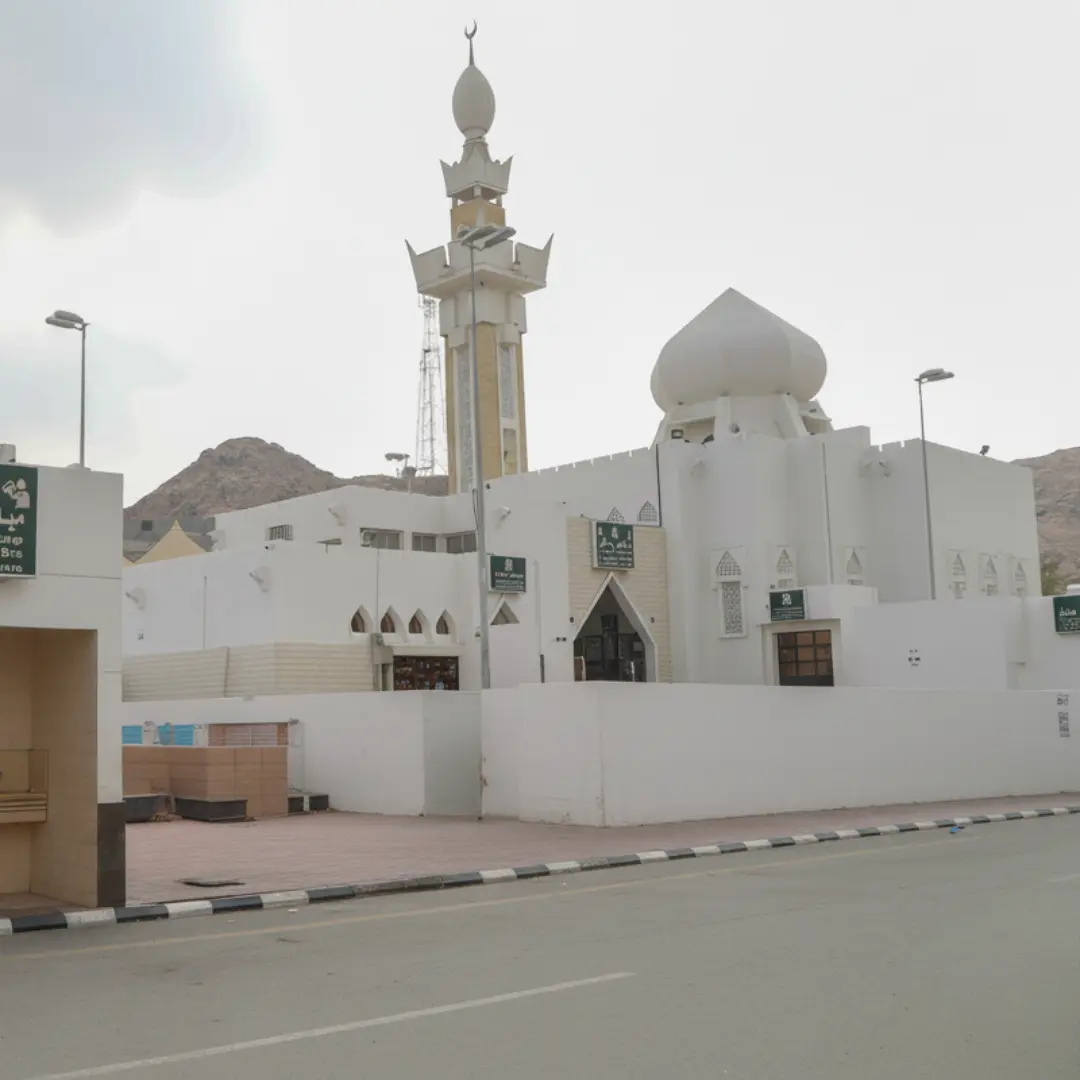
Gallery: Journey Through History


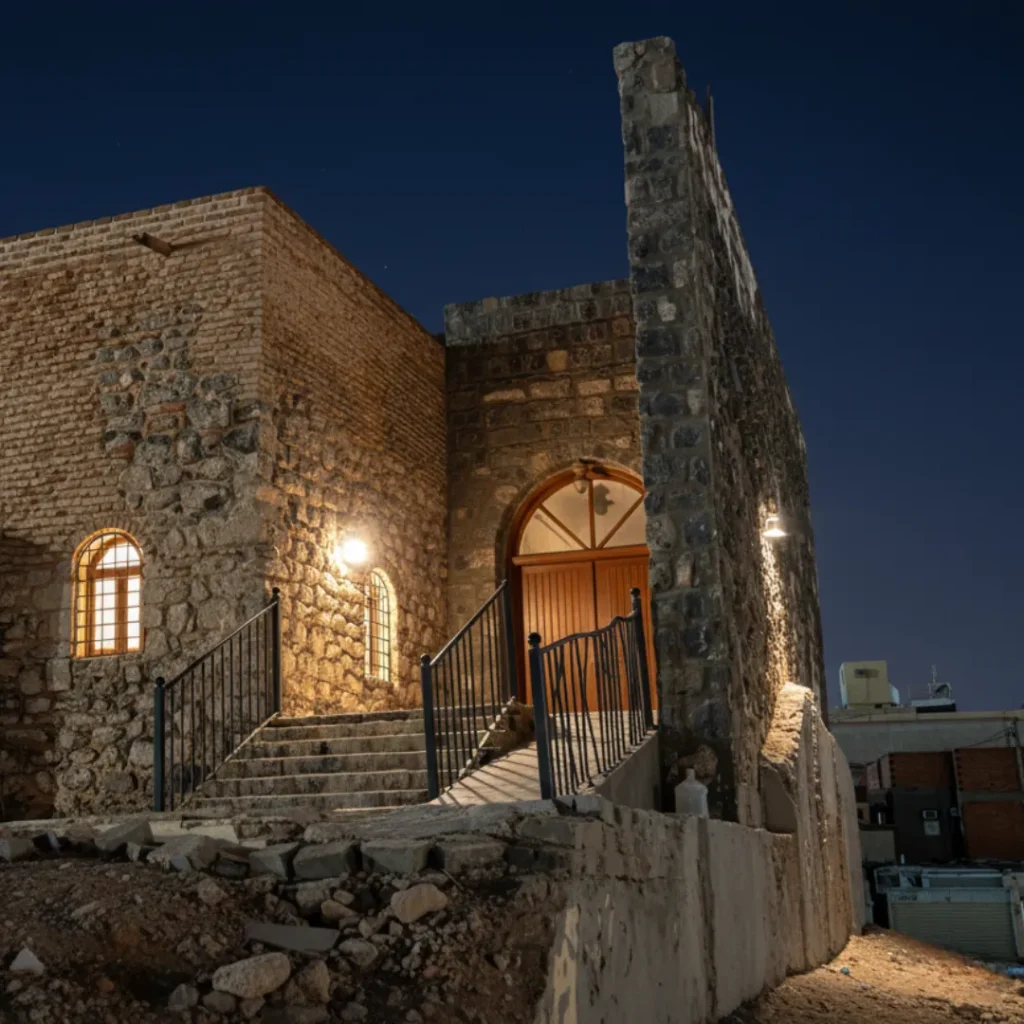


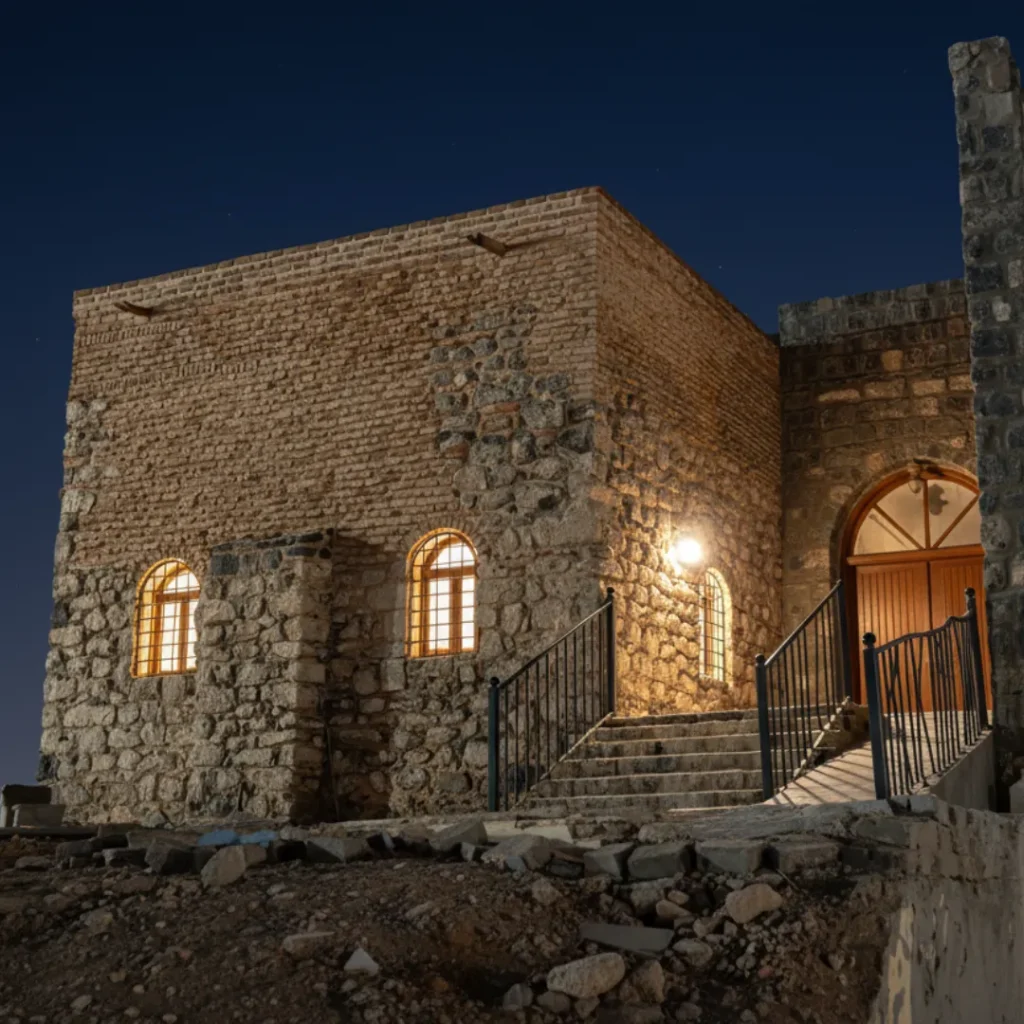
Visiting with Umrah.cab
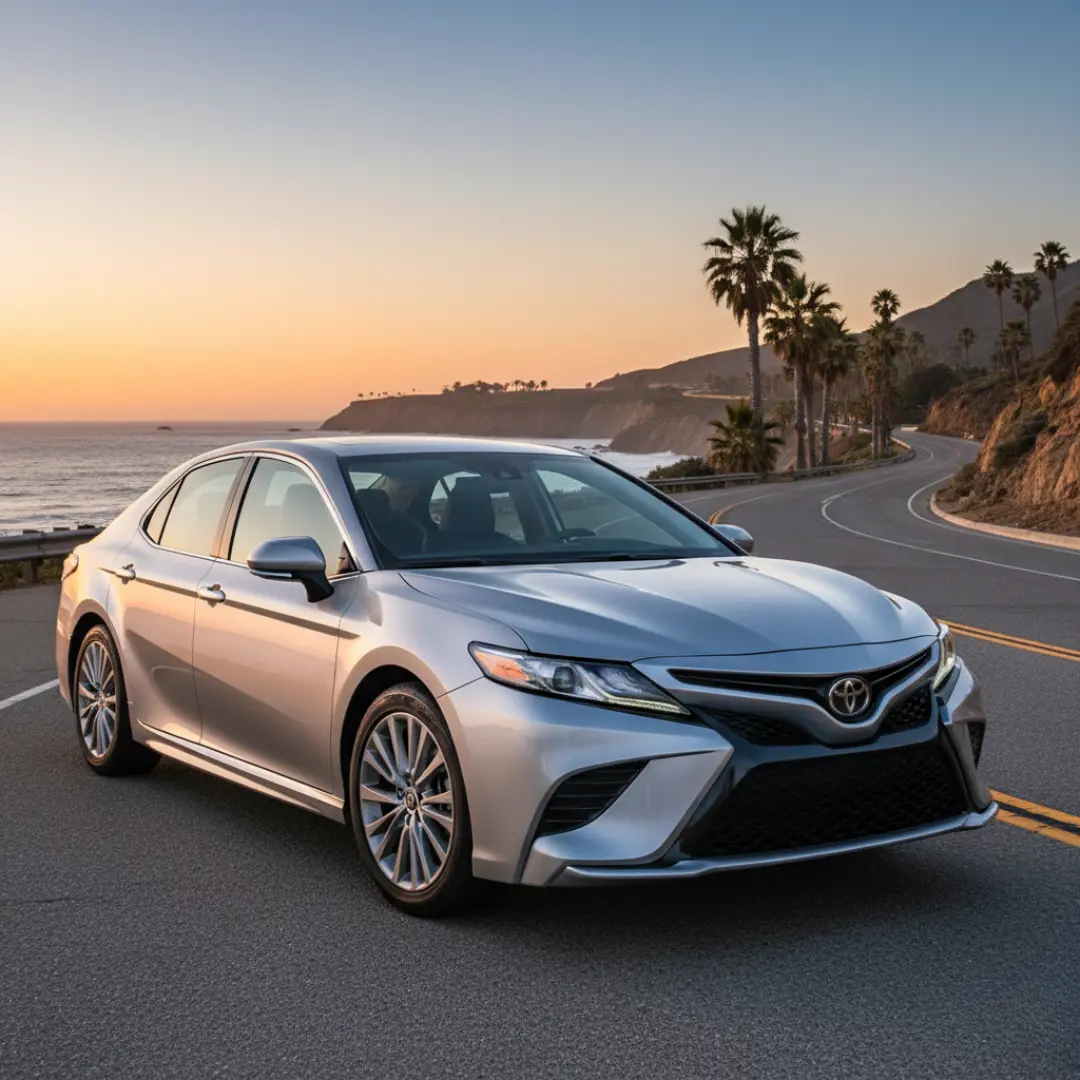
Standard Makkah ZiyaratWe include Masjid al-Raya in our standard city tours, along with nearby sites like Masjid al-Jinn and Jannat Al-Mu’alla.
Meeqat Service (Al-Ju’ranah)We provide comfortable, private return trips to Masjid al-Ju’ranah. Our drivers will wait while you prepare for Ihram and bring you back to the Haram to perform your Umrah.
Extended Tours (Valley of Hunayn)Due to the distance, a visit to the Valley of Hunayn can be arranged as a specialized historical tour, often combined with a trip to Taif.
Traveler Reviews: Experiencing History Firsthand
Visiting Masjid al-Raya and the Valley of Hunayn was truly enlightening. I felt a deep connection to history, and the tour guides made every moment meaningful and spiritual.
Fatima A., Saudi Arabia
The journey through the sites of Hunayn and Masjid al-Ju’ranah was unforgettable. The combination of historical insight and serene landscapes left me spiritually fulfilled and reflective.
Ahmed K., Egypt
Exploring Masjid al-Ju’ranah and the surrounding historical locations was a moving experience. The careful planning of the tour allowed for reflection, prayer, and a profound sense of connection to Islam’s history.
Sara L., Indonesia
Include Masjid al-Raya, Valley of Hunayn, and Masjid al-Ju’ranah in Your Ziyarat Tour
Combine these visits with nearby sites such as Jannat Al-Mu’alla and Masjid al-Jinn for a comprehensive Makkah Ziyarat tour tailored to your needs.

